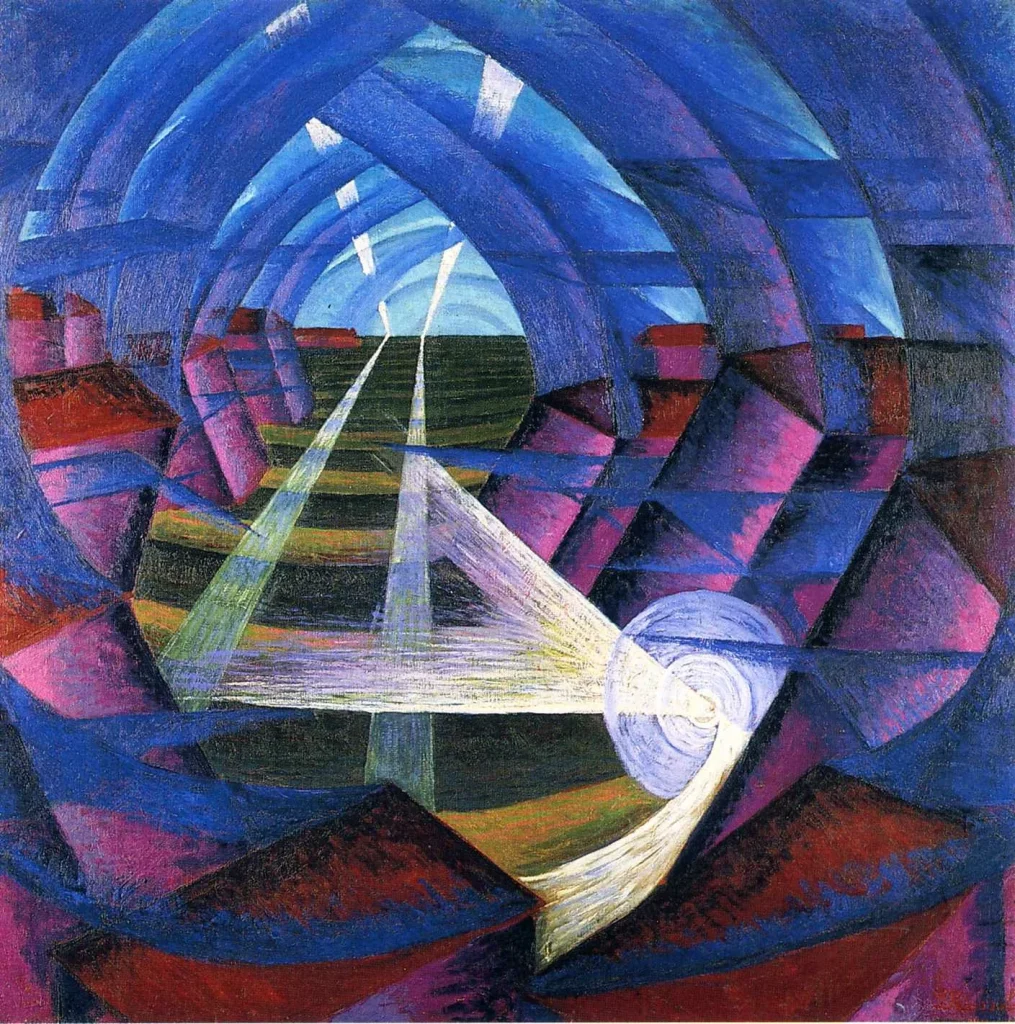
The ecological importance of natural soundscapes is increasingly recognized, as their degradation may lead to biodiversity loss and disruptions in ecosystem functioning. The disappearance of these soundscapes poses a serious concern, underscoring the need for their preservation. Soundscape studies offer valuable insights into ecological change, enabling researchers to identify affected ecosystems and attribute shifts to factors such as anthropogenic noise. A wide array of methodologies supports this research–from auditory observation and spectrographic visualization to the computation of acoustic indices and sophisticated statistical modeling. Passive acoustic monitoring has emerged as a vital ecological tool, facilitating research, environmental surveillance, and conservation management across both terrestrial and aquatic soundscapes.

In the context of aquatic environments, acoustic recording presents distinct challenges due to the complex nature of sound propagation. Unlike in air, sound does not travel in straight-line paths underwater; instead, it undergoes reflection, refraction, and diffraction. Acoustic energy interacts with uneven surfaces such as the sea surface and seafloor, as well as with suspended objects in bodies of water–including gas bubbles, fish swim bladders, and particulate matter–leading to scattering. Furthermore, some sound waves may penetrate the seafloor and eventually dissipate as heat. Misunderstandings about underwater acoustics are common, including the beliefs that (1) low-frequency sound cannot propagate in shallow water, (2) hard seafloors cause complete reflection with cylindrical spreading, and (3) soft seafloors produce spherical spreading. These oversimplifications overlook the nuanced physics of underwater sound transmission.

Understanding sound propagation across diverse environments requires a critical evaluation of commonly used acoustic models and their limitations. Dispelling prevalent misconceptions involves recognizing the nuanced behavior of sound and the assumptions underlying sound propagation equations. To address this, sonar equations have been created for various scenarios, ranging from animal acoustic communication and noise-induced communication masking to the acoustic surveying of marine fauna. Central to these analyses is the “layered ocean” concept, which examines how variations in temperature, salinity, and depth influence sound speed, ultimately affecting propagation pathways and signal fidelity.
This according to “Introduction to sound propagation under water” by Christine Erbe, Alec Duncan, and Kathleen Vigness-Raposa, Exploring animal behavior through sound. I: Methods, ed. by Christine Erbe and Jeanette A. Thomas (Cham: Springer Nature Switzerland, 2022, 185–216; RILM Abstracts of Music Literature, 2022-27424).
July 18 is World Listening Day.
Photo credit for the first image: Douglas Klug.
















